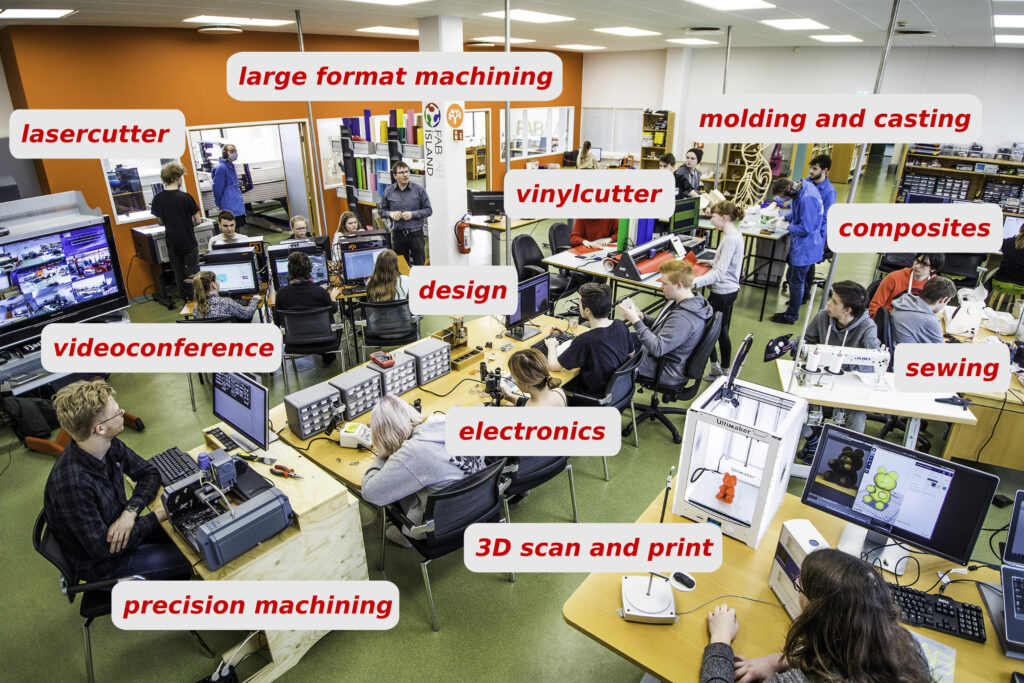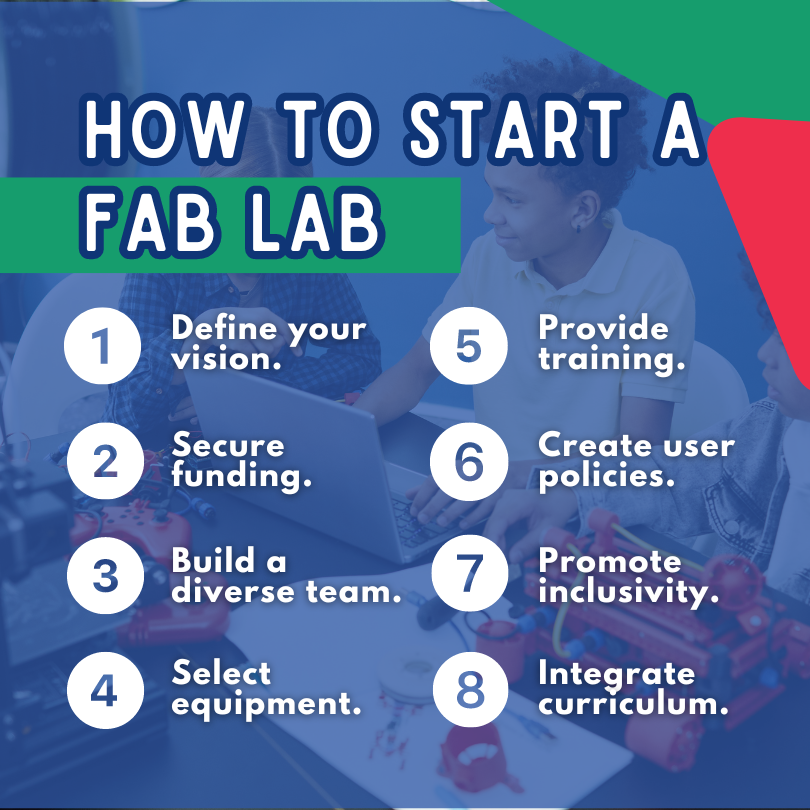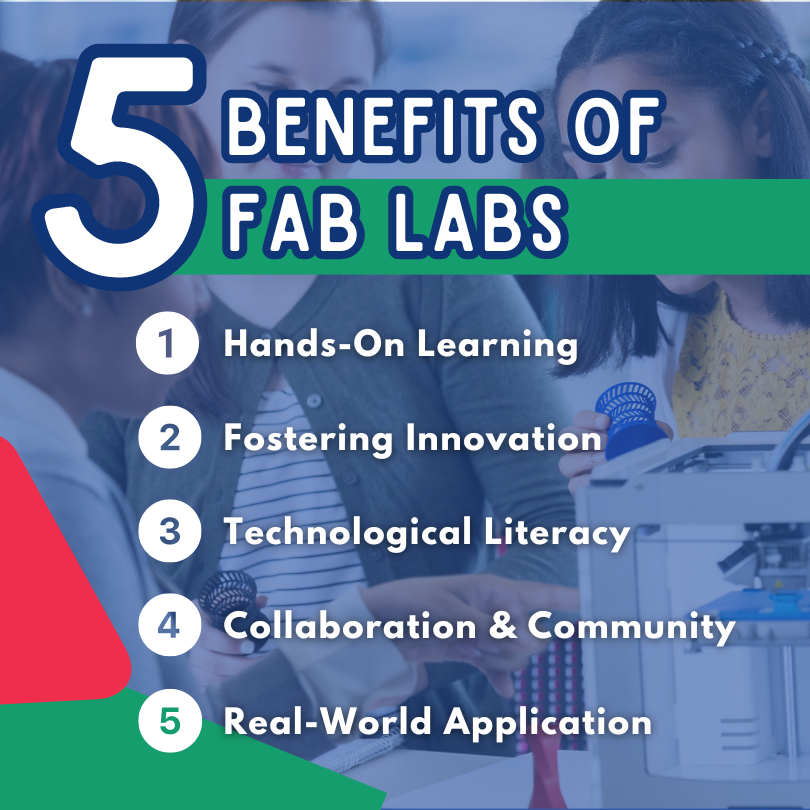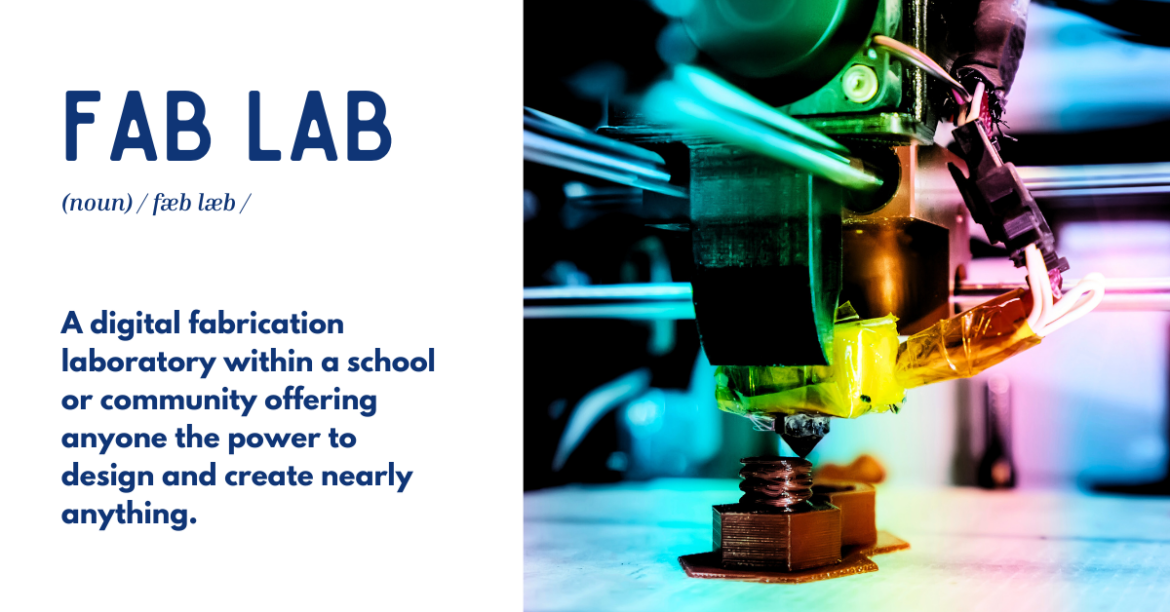In the dynamic landscape of education, Fab Labs emerge as transformative hubs for creativity, innovation, and hands-on learning. They embody MIT’s vision for personal fabrication and the Fab Foundation’s vision for democratizing access to the tools and knowledge for technology invention. Let’s delve into the essence of Fab Labs, what they are, how you can initiate one, and the myriad benefits they bring to education. This investigation aims to inspire educators and administrators to foster experiential learning and technological literacy.
What is a Fab Lab?
A Fab Lab is a versatile space set up to facilitate project-based, hands-on STEM education within a school or community. At their core, they are digital fabrication laboratories outfitted with cutting-edge tools and technologies. From 3D printers and laser cutters to CNC machines and electronics workstations, a Fab Lab is equipped with an array of tools. These tools enable users to bring their ideas to life.
The Fab Lab is a space that makes advanced manufacturing and digital fabrication accessible. It gives individuals from almost all backgrounds the power to design and create nearly anything. Currently, there are 2,700 Fab Labs in 135 countries. But it’s more than just a physical space with tools; it’s a community where ideas are shared, collaboration is encouraged, and individuals are empowered.
Originating from the Massachusetts Institute of Technology’s (MIT) Center for Bits and Atoms, these spaces have evolved into global hubs for innovation, fostering collaboration and problem-solving within communities.

How to Get Started
Starting a Fab Lab might seem like a monumental task, but with the right approach, it can be a rewarding venture. Here’s a step-by-step guide to help get you started:

1. Define your vision.
Clearly articulate the purpose of your lab. What goals do you aim to achieve? How will it benefit your educational institution and students? Understanding your core objectives will guide the entire setup and operation of the Fab Lab.
2. Secure funding.
Seeking support from various sources is crucial for successfully establishing a Fab Lab. Most labs have multiple funding streams. These can include fees for workshops, programs, and small-scale production, corporate and community sponsorships, grants, and sometimes fees for machine usage or memberships.
3. Build a diverse team.
A successful Fab Lab requires a diverse leadership team with skills ranging from education to social impact to technology development. This leadership collaboration is your key to success. Bring together different perspectives and expertise to create a vibrant and innovative space.
4. Select equipment.
Investing in versatile fabrication tools is a cornerstone of a functional Fab Lab. This includes 3D printers, laser cutters, CNC machines, and electronics. The Fab Foundation provides free guidelines on essential equipment, helping you make informed decisions based on your specific needs.
5. Provide training.
Ensure that your team and potential users receive adequate training on the equipment and tools available in the Fab Lab. This training empowers them to maximize the potential of the lab, unleashing their creativity and innovation.
6. Create user policies.
Developing usage policies is essential to maintaining a safe and collaborative environment within the lab. Clearly communicate guidelines for accessing and utilizing Fab Lab resources, fostering a culture of responsibility and respect.
7. Promote inclusivity.
Design your Fab Lab to be inclusive and accessible to all students, regardless of their background or experience. Encourage a diverse range of projects and ideas. Ensure that the Fab Lab becomes a space for everyone to explore and express their creativity.
8. Integrate the curriculum.
Collaborate with educators across disciplines to integrate projects into the curriculum. This enhances the educational impact and relevance of the Fab Lab experience, connecting hands-on learning with academic concepts.
Five Benefits of Fab Labs in Education

Integrating Fab Labs into educational institutions brings many benefits that extend beyond traditional classroom learning. Let’s explore some of the key advantages:
1. Hands-On Learning:
A Fab Lab provides a hands-on learning environment. This allows students to move beyond theoretical concepts to concrete physical prototypes as they engage directly with the creative process. This experiential learning fosters a deeper understanding of STEAM principles and concepts.
2. Fostering Innovation:
By encouraging experimentation and prototyping, Fab Labs nurture a culture of innovation. Students learn to think critically, solve problems, and approach challenges with a creative mindset. This culture of innovation prepares students for the dynamic and rapidly evolving technology landscape of the 21st century.
3. Technological Literacy:
In a world dominated by technology, Fab Labs equip with essential technological literacy. Students gain practical skills in using advanced tools and technologies, preparing them for the demands of the digital age. This hands-on experience goes beyond theoretical knowledge. It creates a technologically savvy generation ready to tackle real-world challenges.
4. Collaboration and Community:
Fab Labs serve as collaborative spaces, bringing together students, educators, and community members. This collaborative ethos enhances the learning experience. It also strengthens community ties. Students learn the importance of teamwork, communication, and shared problem-solving. These skills are invaluable in both academic and professional settings.
5. Real-World Applications:
Projects undertaken in Fab Labs often have real-world applications. This bridges the gap between classroom learning and practical, industry-relevant skills. Students get a glimpse into how their theoretical knowledge can be applied in real-world scenarios. This prepares them for future careers and to contribute to a workforce that is both knowledgeable and application-oriented.
Lead the Way to Transformational Learning
Fab Labs offer a pathway to a future where education is not just about gaining knowledge but also about actively creating and innovating in meaningful ways. You can embrace the Fab Foundation’s vision and the future to lead the way to a transformative era of hands-on learning, collaboration, and technological literacy for your students.
The Fab Futures program is a new initiative through the Fab Foundation that is funded by the Caterpillar Foundation. It is a free program designed for high school educators in the Dallas/Irving area who are passionate about innovation and want to equip students with the skills necessary for a creative future.

